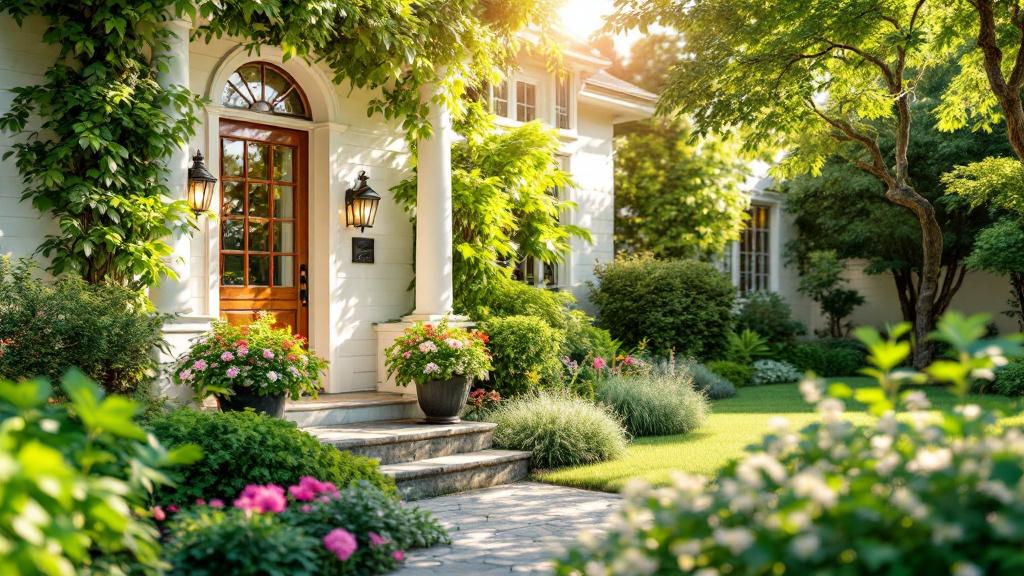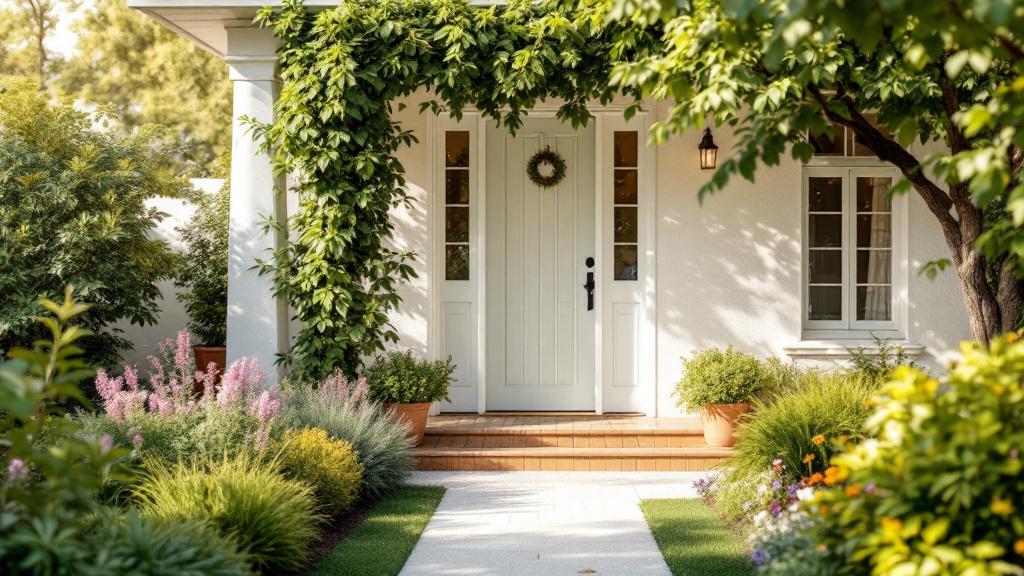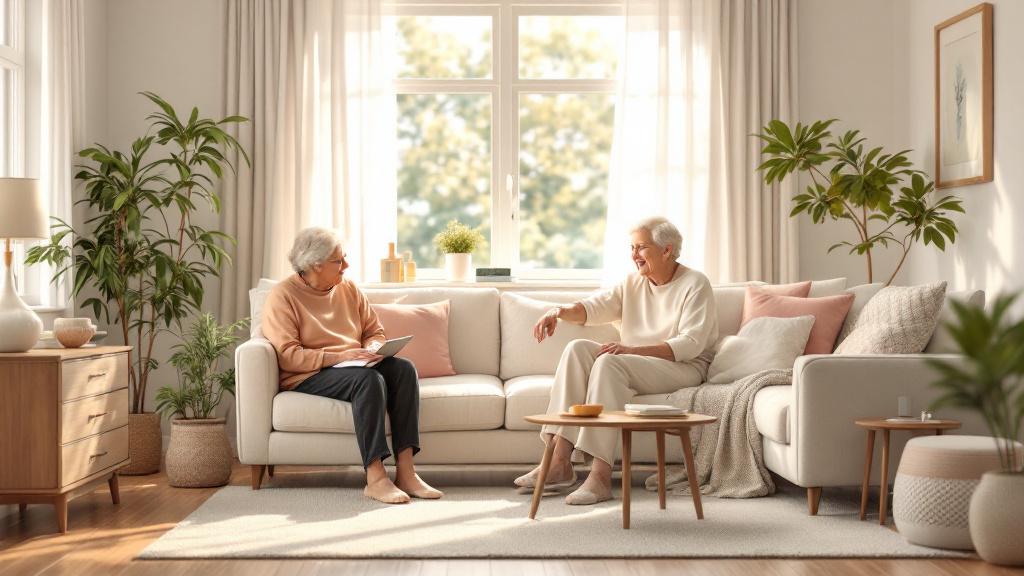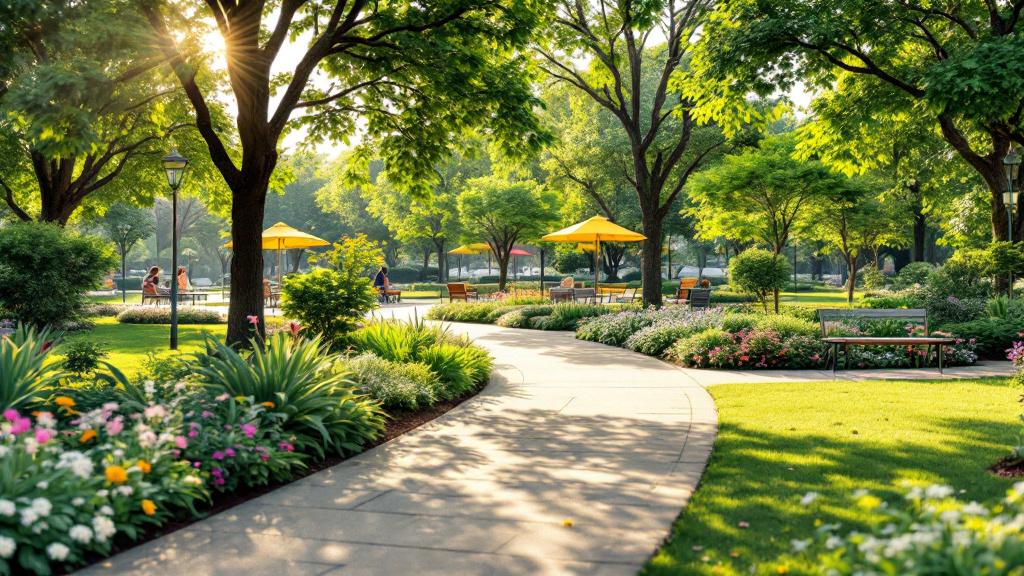How to Create a Comfortable Environment for Seniors
Designing Safe and Inviting Spaces for Aging Gracefully

Creating an Optimal Environment for Senior Well-Being
As the global population ages, the importance of designing living spaces that promote safety, comfort, and independence for seniors becomes increasingly vital. This comprehensive guide explores practical strategies and key environmental considerations essential for establishing senior-friendly environments that support physical, emotional, and social needs.
Understanding the Care Needs of the Elderly

What are the most common care needs of the elderly?
Elderly individuals often require comprehensive support to maintain their health, safety, and quality of life. One of the primary needs is assistance with daily personal activities such as bathing, dressing, grooming, and eating. These tasks may become challenging due to physical limitations or cognitive decline.
Mobility support is also crucial. Installing features like grab bars, handrails, ramps, or stairlifts helps prevent falls and promotes independence. For seniors with chronic health issues like arthritis, diabetes, dementia, or heart disease, ongoing management of medications and health conditions is vital. In-home health monitoring devices and professional home care services can support proper medical management.
Emotional support and social engagement play a significant role in overall well-being. Regular social interactions, companionship, and mental stimulation help prevent loneliness and mental decline. Additionally, providing nutritious meals, assistance with meal preparation, transportation services, and household maintenance ensures a safe and comfortable environment.
In summary, elderly care encompasses physical health management, mobility support, emotional connection, and assistance with everyday tasks. Addressing these needs holistically enables seniors to retain their dignity, independence, and happiness in their living environment.
More information about elderly care needs and support strategies
For further insights and tailored strategies, searching for "elderly care needs and support strategies" can provide valuable resources and guidance on creating effective care plans.
Supporting Well-Being through Essential Needs

What are the essential needs of the elderly to support their well-being?
The well-being of elderly individuals hinges on fulfilling a range of physical, medical, psychological, and social needs. Each aspect plays a vital role in fostering a safe, comfortable, and fulfilling lifestyle.
Physically, seniors benefit from a safe living environment that minimizes fall risks. Modifications like installing grab bars in bathrooms, widening doorways for wheelchair access, and removing tripping hazards such as loose rugs and clutter are fundamental steps. Adequate lighting and non-slip flooring further enhance safety. Supporting mobility by using ramps, stairlifts, or accessible furniture helps seniors move independently while reducing injury risk. Good sleep hygiene, personal hygiene, and assistance with daily activities like meal preparation are equally important.
From a medical standpoint, managing chronic conditions such as heart disease, diabetes, or cognitive impairments is crucial. Regular health check-ups, medication management with pill organizers, and preventive care like vaccinations help maintain health. Technology integration, including wearable health devices and fall detection sensors, provides additional layers of safety and timely intervention.
Psychologically, seniors require emotional support to cope with the challenges of aging. Creating a secure environment where they feel valued promotes mental health. Engaging their minds through puzzles, hobbies, or community activities boosts cognitive function. Emotional comfort is enhanced through positive interactions, family visits, and fostering a sense of security.
Social needs are equally vital. Maintaining social connections through family, friends, community groups, or social media helps prevent loneliness and depression. Participation in meaningful activities, volunteer work, or hobbies cultivates a sense of purpose and joy.
Balancing these elements creates a holistic approach to elder care, ensuring physical safety, health management, emotional stability, and social engagement. This comprehensive care not only enhances their quality of life but also promotes independence, dignity, and overall well-being.
Designing Accessible and Safe Living Spaces
 Creating a home that is safe and accessible for seniors involves a range of thoughtful modifications. Ensuring wheelchair accessibility begins with installing ramps, elevators, and widening doorways to facilitate easy movement throughout the house.
Creating a home that is safe and accessible for seniors involves a range of thoughtful modifications. Ensuring wheelchair accessibility begins with installing ramps, elevators, and widening doorways to facilitate easy movement throughout the house.
In the bathroom, safety can be significantly improved by adding grab bars near showers, tubs, and toilets. Installing non-slip floors and mats further reduces the risk of falls, which are common and dangerous in wet areas. Raised toilet seats with armrests are also beneficial, providing better stability during toileting.
Lighting plays a crucial role in injury prevention. Bright, well-placed lighting, including motion-activated nightlights, can prevent falls, especially in hallways and staircases. Keeping the home decluttered by removing tripping hazards like loose rugs, cords, and clutter creates clear pathways, making navigation safer.
Furniture arrangement supports ease of movement. Creating open pathways by rearranging furniture ensures there is plenty of space for mobility devices such as walkers or wheelchairs. Placing essential items within arm's reach helps avoid unnecessary stretching or bending.
What are some practical strategies for designing senior-friendly living spaces? Creating environments that promote safety and independence involves implementing features like ramps for wheelchair access, installing grab bars and non-slip floors in key areas, improving lighting, and maintaining a clutter-free home. These adjustments contribute to a safer, more comfortable living space for seniors.
In summary, a holistic approach to home modifications—including accessible entrances, safe bathrooms, proper lighting, and thoughtful furniture layout—can greatly enhance safety and quality of life for aging residents.
Implementing Safety and Security Measures

How can safety and security needs be addressed to improve elderly independence?
Ensuring the safety and security of seniors at home is crucial for promoting independence and well-being. Practical modifications like installing handrails, grab bars, and non-slip mats in bathrooms and around stairways help prevent falls, which are a common hazard for older adults.
Adequate lighting is another essential element. Bright, well-placed lights, including motion-activated nightlights, improve visibility in hallways, bathrooms, and staircases, reducing the risk of accidents in low-light conditions.
Safety devices play a significant role in emergency preparedness. Installing smoke and carbon monoxide detectors, along with emergency response systems like medical alert devices and wearable call buttons, ensures help can be summoned quickly if needed.
Securing doors and windows prevents unauthorized or accidental entry, offering peace of mind. Outdoor area safety is also vital; fences, locks, and surveillance cameras can deter intruders and keep wandering elderly individuals safe.
Wandering prevention is critical, especially for seniors with memory impairments. Installing alert systems on doors and beds, using visual cues to disguise exits, and securing outdoor spaces with locks can stop seniors from wandering into unsafe areas.
A pie chart below summarizes the primary safety features:
| Safety Measure | Description | Benefits |
|---|---|---|
| Handrails/Grab Bars | Installed in bathrooms and along stairs | Reduce fall risk |
| Non-slip mats | Placed in showers and tub areas | Prevent slips and falls |
| Lighting | Adequate and motion-sensor lights | Improve visibility |
| Emergency Devices | Medical alerts, smoke detectors | Ensure quick emergency response |
| Security Locks | Doors, windows, outdoor gates | Protect from intruders |
| Wandering Alerts | Door alarms, visual cues | Prevent unsafe wandering |
Adopting these strategies creates a safer living environment, allowing seniors to maintain their independence longer while feeling secure in their homes.
For more information on comprehensive solutions, search using "elderly safety and security solutions." This approach supports aging in place by prioritizing protection and autonomy.
Utilizing Technology for Enhanced Safety and Connectivity

How can safety and security needs be addressed to improve elderly independence?
Implementing various smart home technologies is crucial in creating safer and more connected living environments for seniors.
Voice-activated devices, such as smart speakers, allow seniors to control lighting, thermostats, and appliances effortlessly, reducing the need to physically manipulate switches and thus minimizing fall risks.
Wearable fall detection systems include devices equipped with sensors that automatically notify caregivers or emergency services if a fall occurs. These systems provide peace of mind and quick assistance, which is vital during emergencies.
Smart sensors embedded in the home can monitor environmental conditions, detect movement, or identify unusual activity patterns, alerting family members or healthcare providers to potential safety concerns.
Video doorbells enable remote monitoring of visitors and outdoor activity, enhancing security while allowing loved ones to keep an eye on the premises.
Remote monitoring devices provide real-time data on the senior’s location, health status, and environmental safety, fostering independence while ensuring rapid response if needed.
Social communication technologies, such as video calling platforms and social media, help seniors stay connected with family and friends, reducing feelings of loneliness and isolation.
How do these technologies support autonomy?
By offering immediate assistance and facilitating daily activities, these tools empower seniors to live independently longer. Easy-to-use features and seamless integration into daily routines are essential for maximizing their benefits.
What are additional considerations?
It’s important to choose devices that are user-friendly with simple controls. Regular updates and technical support can ensure that these systems work effectively.
Utilizing these advanced technologies enhances safety, encourages social engagement, and ultimately supports a higher quality of life for elderly individuals living at home.
Creating a Calming and Inviting Environment in Care Settings

How can I create a comfortable and safe home environment for seniors?
Housing for seniors should prioritize safety and emotional comfort. Simple changes like installing handrails in bathrooms and stairways, adding grab bars, and replacing slippery floors with non-slip surfaces can prevent falls and injuries. Adequate lighting is vital; bright, energy-efficient LED fixtures and motion-activated lights eliminate dark spots that could cause accidents.
Designing spaces with calming colors and artwork creates a soothing atmosphere that promotes relaxation and emotional well-being. Soft, warm tones in the walls and tasteful artwork can reduce anxiety and foster a sense of security.
Maintaining organized, clutter-free areas ensures clear pathways and minimizes trip hazards. Comfortable, supportive furniture that is easy to get in and out of makes daily routines safer and more pleasant. Incorporating sensory stimuli like gentle music or aromatherapy can also help improve mood and cognitive engagement.
Creating such a thoughtful environment combines practical safety features with elements that promote mental and emotional wellness, making a home more welcoming and secure for seniors.
| Design Element | Benefit | Additional Tips |
|---|---|---|
| Lighting | Prevents falls, enhances vision | Use motion sensors for night lighting |
| Colors | Calms and relaxes | Opt for warm, soft tones |
| Artwork | Evokes positive memories | Personalize with family photos |
| Furniture | Improves comfort and safety | Choose furniture with supportive features |
| Organization | Reduces clutter and fall risk | Regularly declutter and organize |
Focusing on these aspects helps create a safe, comforting environment that supports seniors’ independence and emotional health.
Ensuring a High Quality of Life for Seniors
Creating a secure, comfortable, and engaging environment for seniors is essential to support their independence, foster emotional well-being, and promote healthy aging. By implementing thoughtful home modifications, leveraging supportive technologies, and focusing on holistic care needs, families and care providers can significantly enhance the quality of life for older adults, enabling them to age gracefully with dignity and joy.
References
- Creating a Safe and Accessible Home Environment for ...
- 9 Tips for Designing a Comfortable and Safe Living Space ...
- How to Create a Happy and Comfortable Home for Seniors
- How to Create a Safe Home Environment for Aging Loved ...
- How to Create a Safe and Comfortable Home Environment ...
- How to Create a Comfortable Environment for Elderly ...
- How to Create a Safe Home Environment for Seniors
- Creating a Safe and Comfortable Environment for Seniors ...

How to Plan for Long-Term Home Care Services

How Home Team Helps Families Make Informed Care Decisions

How Home Team's Caregivers Provide Peace of Mind for Families



